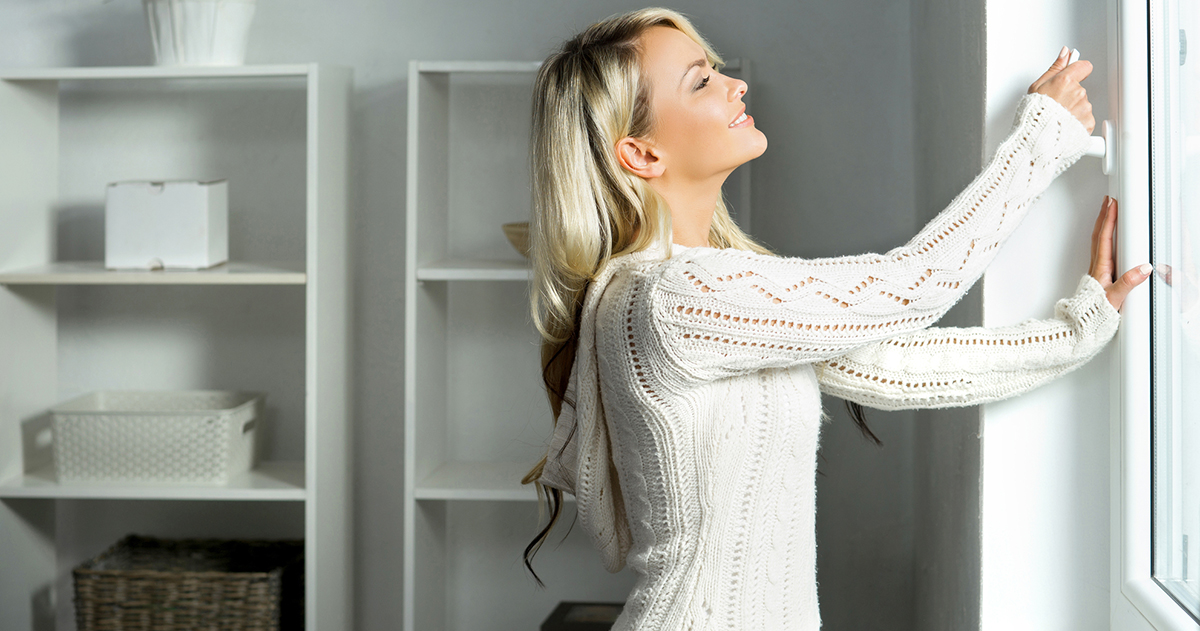10 Ways To Allergy Proof Your Home
If you or a family member suffers from seasonal or year-round allergies, it might feel like there is nothing you can do to combat the problem. This is especially true when the allergens are something you can not control, like pollen, dust, and pets. It helps to know what you can do to take preventative measures, and this is made easier when it comes to allergies to certain food and medications. If your triggers are from airborne allergens, one of the best things you can do is make sure your house is as free from them as possible. Here is a handy guide of ten things you can do to get your home on the right track to a cleaner, healthier living environment.
Clear The Air

Clean air is essential for good health. Not only will it reduce your chances of suffering the symptoms of airborne allergies, ensuring the purity of the air you breath is good for the planet. Nix the chemicals, including those found in cleaners and air fresheners. They are often packed with toxic compounds and can trigger allergic reactions. Homemade solutions can be made with vinegar, and baking soda and essential oils can add a fresh scent. To circulate the air inside, open the windows, unless your allergies are related to seasonal pollen and try to avoid using a fireplace. Modern wood stoves are made to reduce air pollution inside and out, or run an air purifier to clean the air in your home.
Clean The Corners

It is common practice to exercise the out-of-sight, out-of-mind theory and that is when problems can occur. If you have a cupboard under the sink or storage space in the basement, it is a good idea to check them out every once in awhile. Take everything out to make sure there are no leaks or spills and pipes are in prime condition. Not only are these dark, damp places breeding ground for mold, but they can also attract mice, rats, and cockroaches. Seal any holes that may be letting in the annoying critters.
